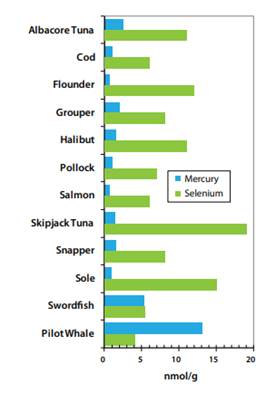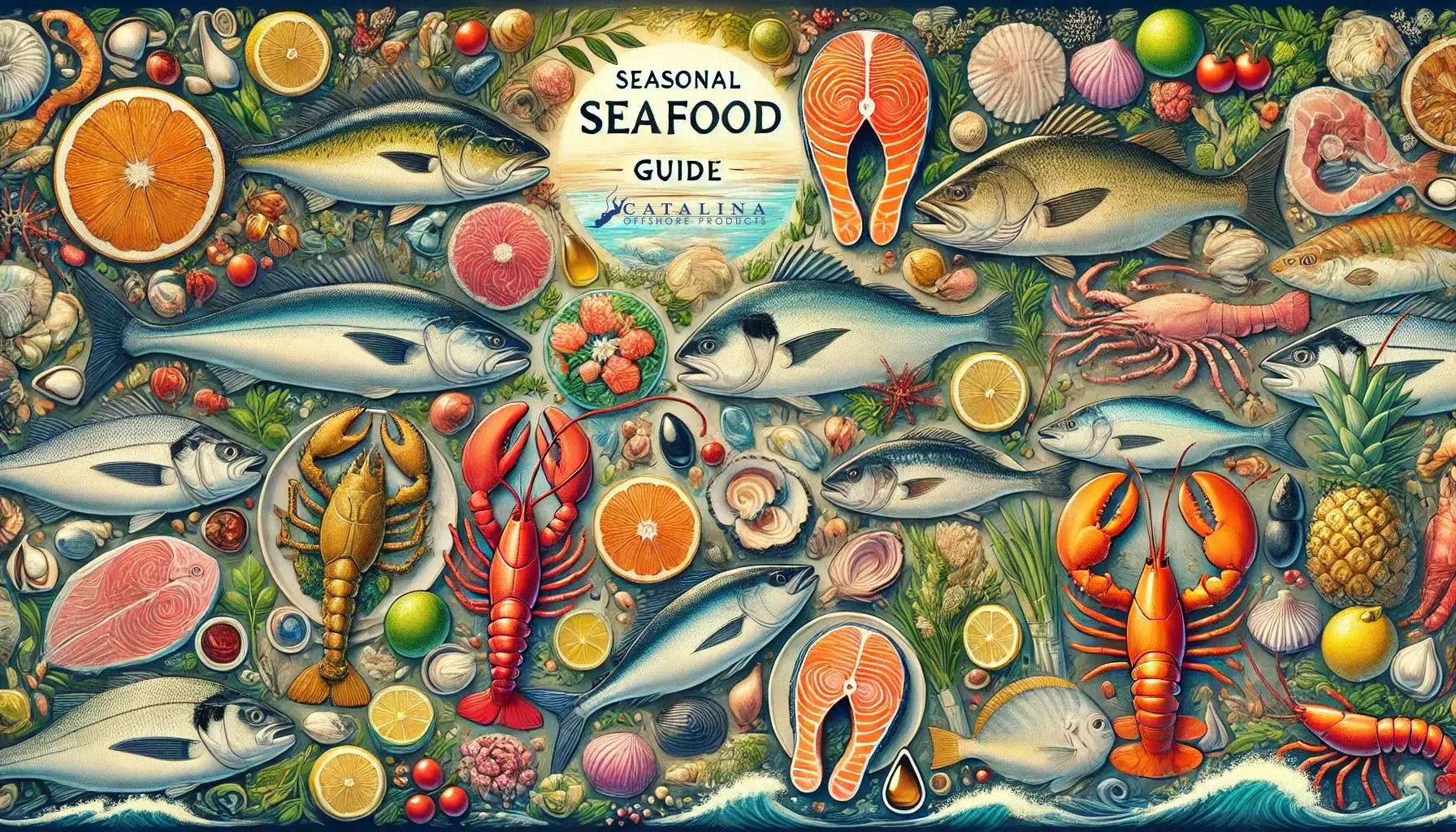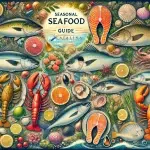
Savor the Sea: How to Make Mussels In White Wine Garlic Delight
Picture this: the sun dips below the horizon, casting a golden glow across the ocean while you sit at a seaside bistro, savoring each exquisite
FREE Overnight Shipping on orders over $300 ($200 in CA. Some suburbs are not included).

By Cynthia Hsia
People are concerned about mercury when consuming fish. However, selenium (Se) is key to understanding mercury exposure risks. If seafood contains at least the same amount of selenium as mercury (Hg), it prevents the mercury from damaging the body.
Selenium is an essential mineral for the brain, heart, nervous system, and immune system.2 It promotes growth and development, has antioxidant properties, and is important for normal thyroid function.2 Selenium-based enzymes protect the brain.1 Wild seafood is one of the best natural sources of selenium, constituting 17 of the top 25 sources of selenium in our diets.2
Mercury atoms have an affinity for binding with selenium atoms, in a 1:1 ratio.1 In the absence of sufficient selenium in the body, mercury will bind with and pull selenium away from the protective enzymes, thereby inactivating them.1 However, seafood that contains the same or more selenium than mercury prevents the mercury from inactivating the selenium-based protective enzymes.1

Exposure risks during fish consumption varies with species and location, and the overall selenium status in fish caught in the United States is good.2 Most commonly consumed seafood species, like the common thresher shark (landed in California by the federally managed drift gillnet fishery) in the photo, contain more selenium than mercury, with the exception of some species like the pilot whale and other marine mammals.2 Seafood also contains many other beneficial nutrients that should not be overlooked, such as omega-3s, vitamins and other minerals, and high-quality protein.2 Eating a variety of seafood provides balanced nutritional benefits without the repercussions from mercury exposure.2
Sources
1Ralston, N.V.C., Kaneko, J., & Raymond, L.J. (2019). Selenium health benefit values provide a reliable index of seafood benefits vs. risks. Journal of Trace Elements in Medicine and Biology, 55(2019), 50-57. doi: 10.1016/j.jtemb.2019.05.009.
2NOAA, NETL, UND (2011). Selenium and Mercury: Fishing for Answers. Retrieved from http://net-effects.und.edu.

Picture this: the sun dips below the horizon, casting a golden glow across the ocean while you sit at a seaside bistro, savoring each exquisite

The Conservation Benefits of Deep-Set Fishing At Catalina Offshore Products, sustainability isn’t just a buzzword—it’s a commitment. As a small family-owned company, we pride ourselves

As we journey through the latter half of the year, each month presents us with an array of fresh seafood delights. From the vibrant flavors of summer to the comforting dishes of winter, choosing and preparing the perfect fish or shellfish can truly elevate your meals. Here’s your comprehensive guide to selecting and cooking the best seasonal seafood from August to December.

Savor the Sea: How to Make Mussels In White Wine Garlic Delight
Picture this: the sun dips below the horizon, casting a

The Conservation Benefits of Deep-Set Fishing: A Sustainable Seafood Solution
The Conservation Benefits of Deep-Set Fishing At Catalina Offshore Products,

Your Ultimate Seasonal Fish Guide: Savor the Freshest Catches from August to December 2024
As we journey through the latter half of the year, each month presents us with an array of fresh seafood delights. From the vibrant flavors of summer to the comforting dishes of winter, choosing and preparing the perfect fish or shellfish can truly elevate your meals. Here’s your comprehensive guide to selecting and cooking the best seasonal seafood from August to December.